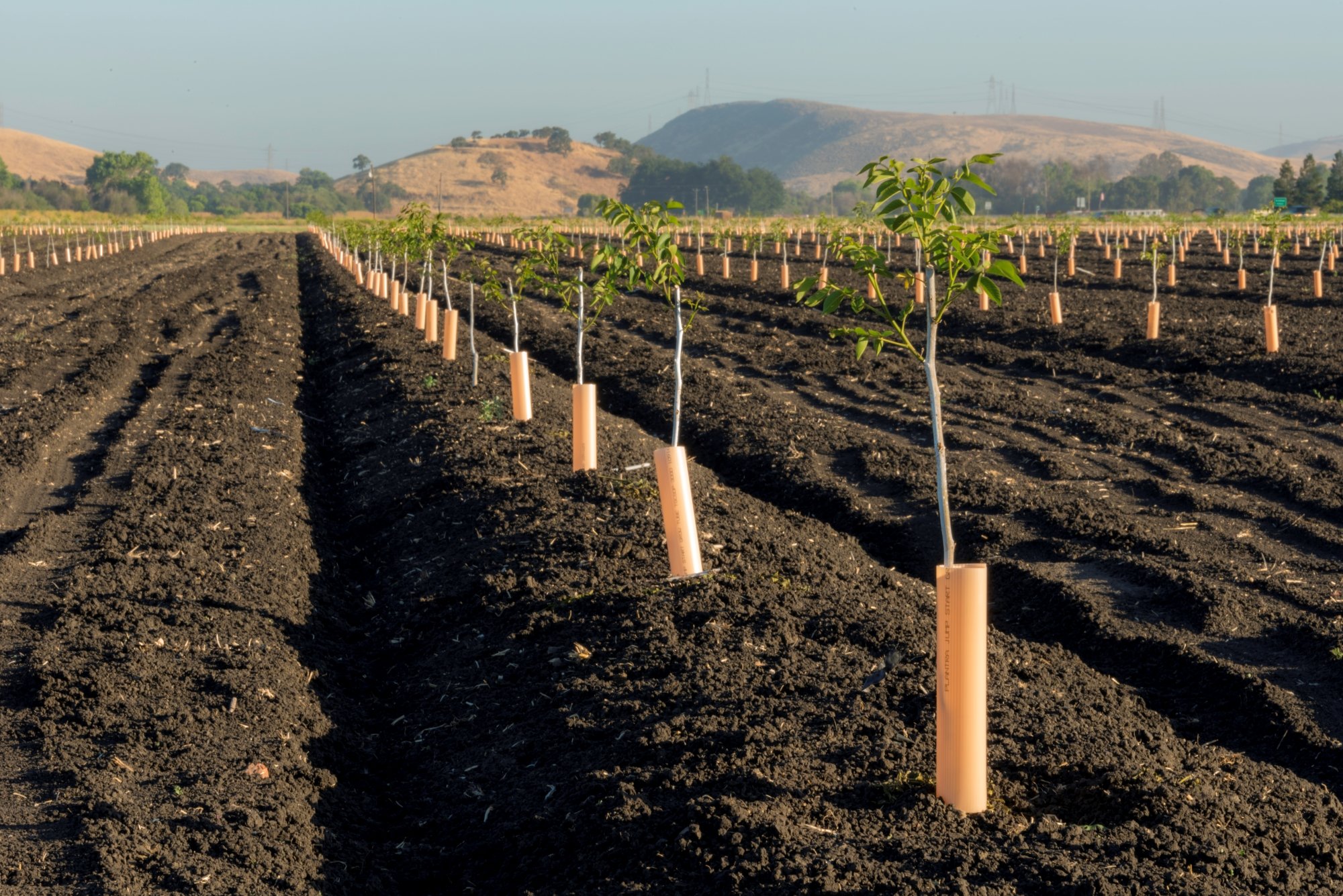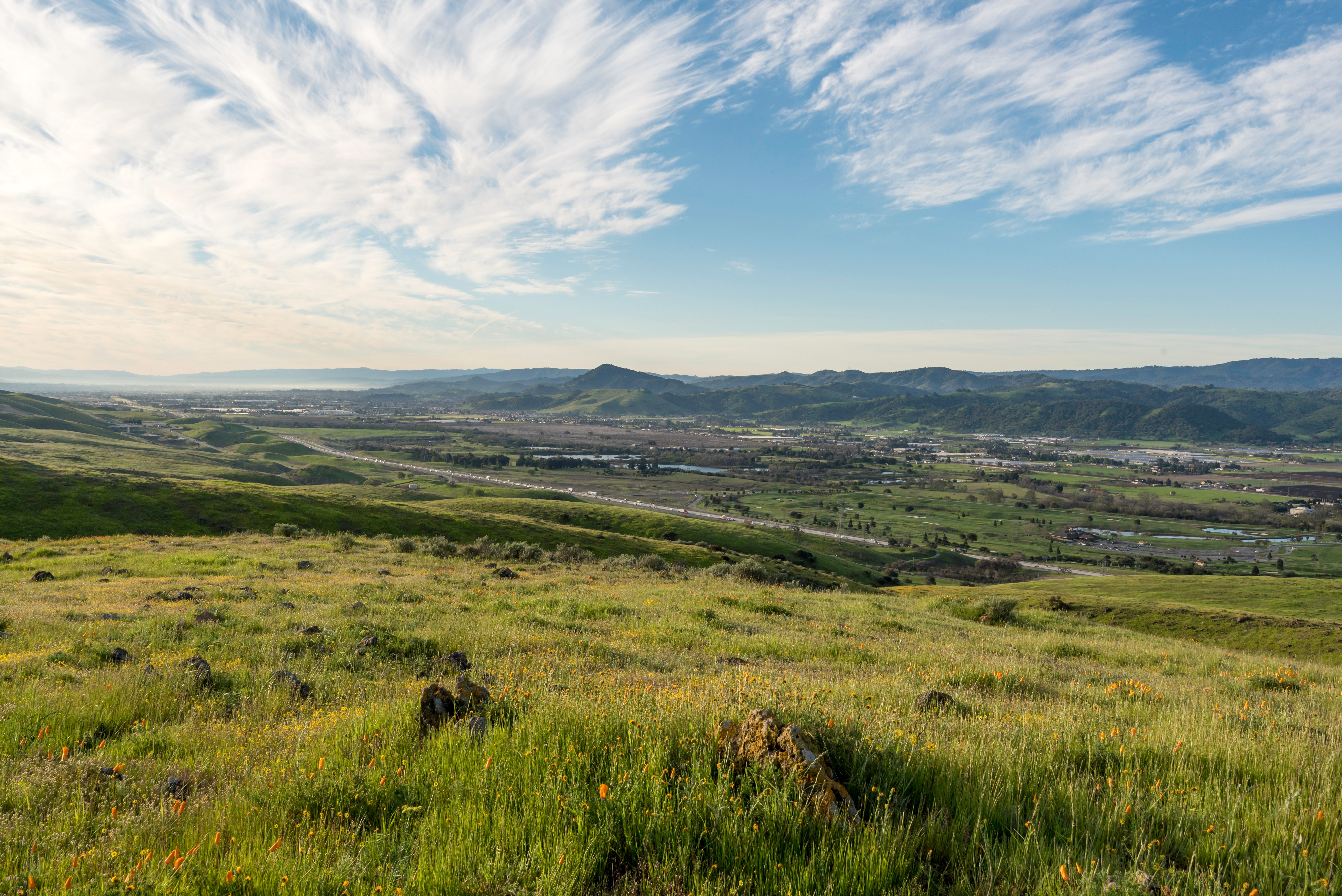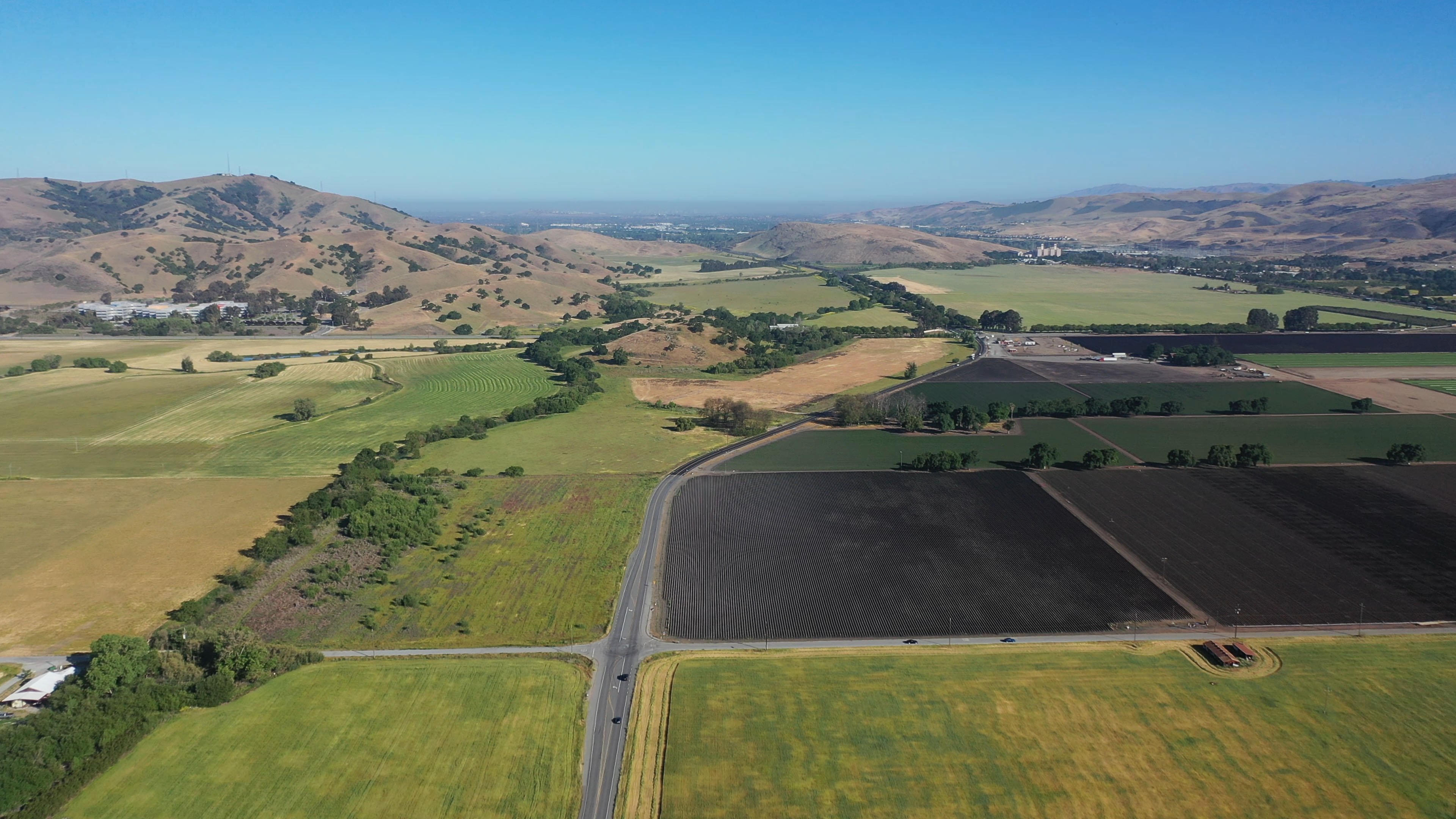“We need to protect Coyote Valley from future development if we want to maintain our already diminishing wildlife habitat, protect our groundwater and agriculture and see our children grow up in a world that still has access to nature and its benefits.” – Assemblymember Ash Kalra
On November 16, the San José City Council made a historic decision to change the General Plan land use designation in North Coyote Valley from industrial to open space and agriculture and removed the Urban Reserve designation from Mid Coyote Valley. This unanimously approved series of land-use changes was guided by the recommendations of City staff and the General Plan Task Force to protect North and Mid-Coyote Valley from major developments that would threaten this critical last-chance landscape.
The Council’s decision to rezone over 300 acres of remaining undeveloped land is a part of a larger 4-year review process for the Envision San José 2040 General Plan. The General Plan represents the official vision for the City’s growth that shapes future development and conservation city-wide, based on the community’s social, economic, and environmental needs. In the context of Coyote Valley, this 4-year review process provided an opportunity to apply the latest science regarding the value the natural and working lands in Coyote Valley provide to the public. With this decision, we can now all work to envision a greener, brighter future for these lands.

With over 2,500 emails from residents, business owners, farmers, Indigenous Tribes, public agencies, and elected leaders supporting protection for these lands, these recent actions by the City Council are a clear reflection of the community’s voice and vision for Coyote Valley. The Coyote Valley presents a tremendous resource for the City of San José to realize its climate change and resilience goals, while also securing significant co-benefits to the region including:
- Protection of the drinking water supply for 1.8 million people.
- Reduction of downstream flood risk by as much as 9% by capturing, storing, and spreading stormwater (OSA and Valley Water study).
- Connection of over 1 million acres of habitat in the Diablo Range and Santa Cruz Mountains so wildlife can move and adapt to climate change.
- Preservation of the significant biodiversity present, including over 250 species of birds.
- Support for Santa Clara County’s vibrant agricultural economy which contributes $1.6 billion to the local economy each year.
The decision to realign the land use in Coyote Valley to match the community’s vision took place one week after the City of San José approved a resolution to be carbon neutral by 2030. And to reach this bold goal of carbon neutrality, the City will need to protect its natural and working lands.
Why? Rural lands produce 70x fewer greenhouse gases than urbanized lands. The IPCC Special Report on Climate Change and Land (Aug, 2019) states that land is a critical resource and tool for climate mitigation, and that sustainable land management “can contribute to reducing the negative impacts of multiple stressors, including climate change, on ecosystems and societies."

And through the incorporation of natural and working lands into the City’s climate action plan, known as Climate Smart San José, the City of San José is also recognizing the important role that land conservation and stewardship plays in meeting its climate goals. The City’s commitment to compact infill development, coupled with the protection and restoration of the Coyote Valley, is a leading model of climate smart, integrated land use, which is what our communities need to build a more climate resilient future.
In addition to the local significance of these decisions, the story of Coyote Valley continues drawing the attention of leaders across the state. As local momentum for bold climate action continues to build, the State of California also continues strengthening funding support for protection of agriculture, floodplains, and other resources as climate resilient infrastructure in Coyote Valley.
Just recently, $15 billion was allocated in the State’s budget for climate resilience statewide. Coyote Valley, which was declared a “landscape of statewide significance” in 2019 after the passage of AB 948 (Kalra), is a model candidate for this and other types of funding opportunities. In fact, multiple state grants for agricultural and natural land protection have already been received for Coyote Valley projects, totaling tens of millions of dollars.

The State of California continues developing strategies and frameworks for local governments to prepare and respond to climate change that call for bold, coordinated, and collaborative action. For example, Governor Newsom’s 30x30 Executive Order calls for the protection of 30 percent of our state’s lands and waters by 2030. One important pathway for this is the Natural and Working Lands Climate Smart Strategy recently released in draft form by the California Natural Resources Agency. This report outlines that, “to meet California’s ambitious goals of reducing greenhouse gas emissions needed to avoid the most catastrophic impacts of climate change, the State must increase its efforts to conserve, restore, and manage California's forests, rangelands, farms, urban green spaces, wetlands, and soils.” These frameworks pave the way for much-needed funding and empower local actions, like the one taken by the City of San José to protect the natural infrastructure in Coyote Valley.
In December 2021, the County will consider its opportunity to take an important step towards this community-supported vision for Coyote Valley and the implementation of the Santa Clara Valley Agricultural Plan – so please stay tuned for more information and updates! The Open Space Authority is excited to continue working with the City of San José, the County of Santa Clara, and other critical partners who are working together towards a more resilient future for our community.
Update: On December 14, the Santa Clara County Board of Supervisors voted unanimously to strengthen protections for Coyote Valley’s natural and working lands. Amendments to the County's General Plan, zoning ordinance, and zoning map will protect important resources in Mid- and South Coyote Valley to safeguard local food production and climate benefits. Keep reading...

